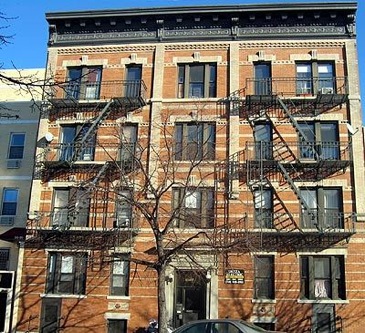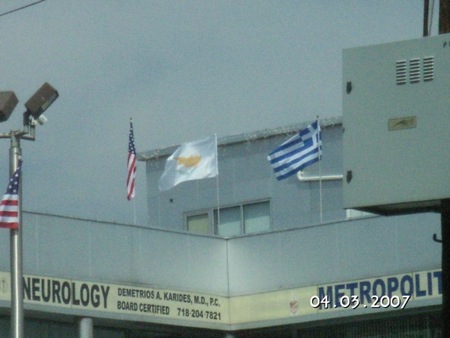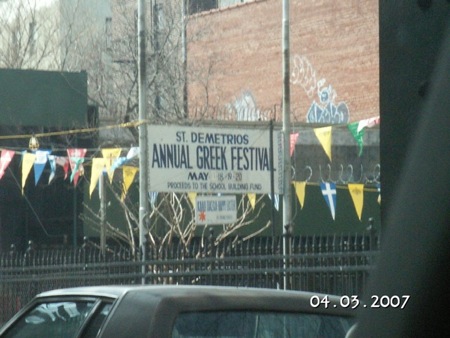Astoria: Evolution
From Decoding New York
| Introduction |
| Jackson Heights |
| * Evolution |
| * Here v. There |
| * What's Real |
| Astoria |
| * Evolution |
| * Here v. There |
| * What's Real |
| Comparison |
| * Photo Gallery |
| * Sources
|
Astoria has a rich history as it evolved from a small village to a center for industrial work and the movie industry, and then it was and then it became a destination for immigrants and more recently for artists and yuppies.
In 1839, Steven Halsey, a fur merchant, founded a village that would become Astoria, at Hallets Cove. Halsey then petitioned to rename the Hallets Cove area after John Jacob Astor, who was a wealthy Manhattan merchant, in order to acquire funds from Astor for the development of the village and that is how Astoria was born. The first wave of immigrants to the community were German during the late 1800's who sought jobs in nearby factories.
In 1898, Astoria and the rest of Queens became part of the newly consolidated City of New York and there was a boom in housing. The real estate market started on a course that would shape most of Astoria as it still stands today, full of single family homes and apartment complexes. It was only in the 1920's that the very prominent Greek and Italian populations of modern Astoria started to settle in Astoria as well as some Irish newcomers. During the turn of the century Astoria emerged as the center of the film industry on the east coast with the emergence of Astoria Studios, which was founded by Famous Players-Lasky (today known as Paramount) on 36th street. Starting in the late 1960's, due to a change in the immigration laws, Astoria began to receive a new influx of immigrants. During the late 1980's up to today, immigrants from Bangladesh, India, Dominican Republic, Ecuador, and Brazil have increasingly settled in Astoria. During this time Astoria also experienced a large influx of artists and musicians and saw the establishment of cultural centers and museums such as the Noguchi Museum located on on Vernon Boulevard at 33rd Street. The presence of an artist community also led to the development of the Socrates Sculpture Park along the river at 31st Drive and Vernon Boulevard. In the late 1990's Astoria was gentrified very quickly as 'yuppies' began to move in due to the high prices in Brooklyn and Manhattan. Astoria began to see the emergence of large retail stores, coop buildings, new housing, various national banks, and chain stores began to compete with local merchants.
Modern Astoria is a multicultural haven for people from all corners of the earth. The neighborhood has evolved into an oasis for people of many different ethnic backgrounds and cultures that have settled together and assimilated rather peacefully. The architecture of modern Astoria reflects its history very much so with prewar apartment buildings, row houses, brick tenements, and family houses combining the old and the new. Partly due to the strong immigrant influence, the presence of the film industry, and the recent surge of Manhattan expatriates, today's Astoria enjoys a variety of robust small businesses, ethnic dining, bargain shopping, and trendy nightlife that cannot be found anywhere else.


